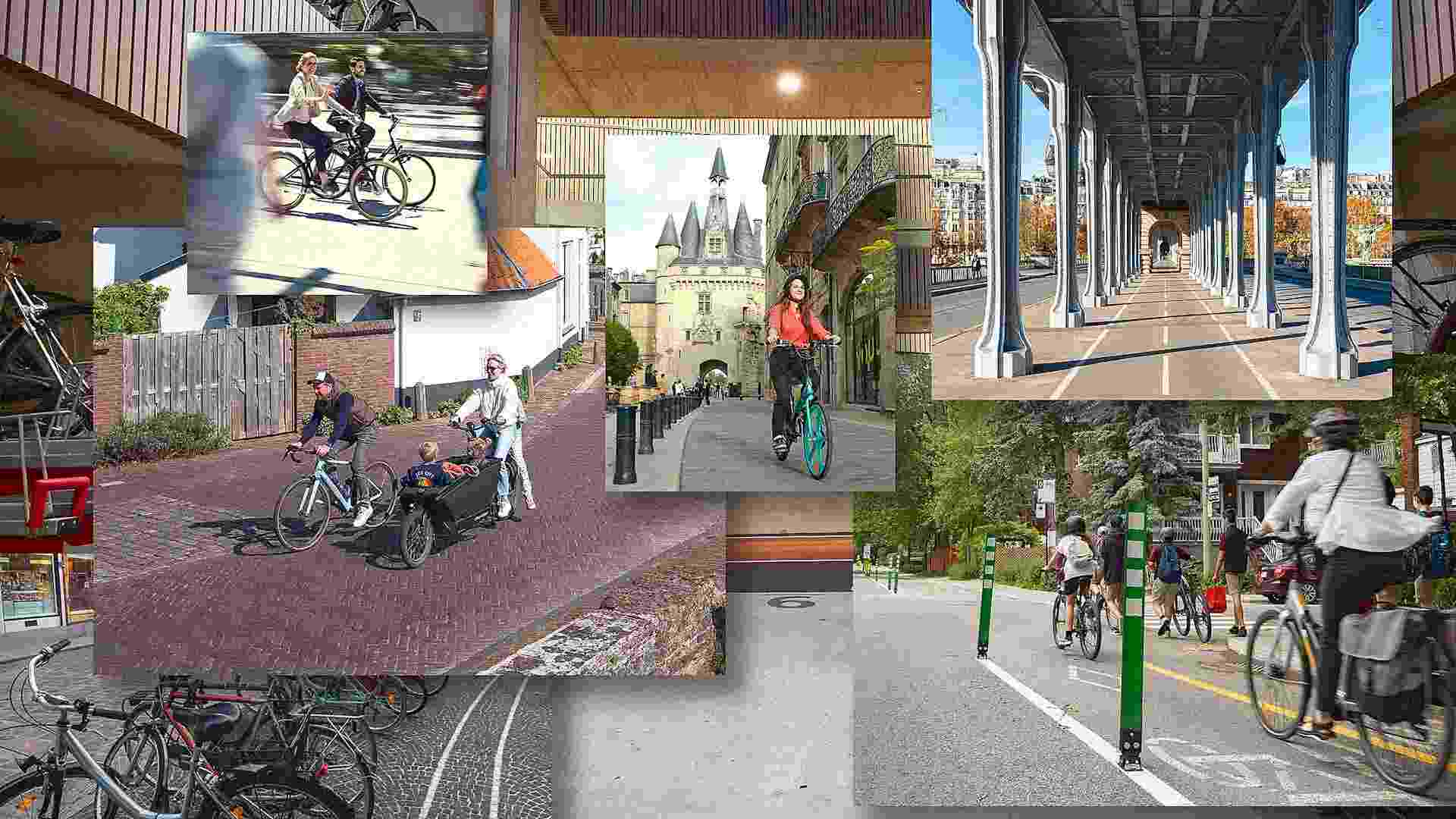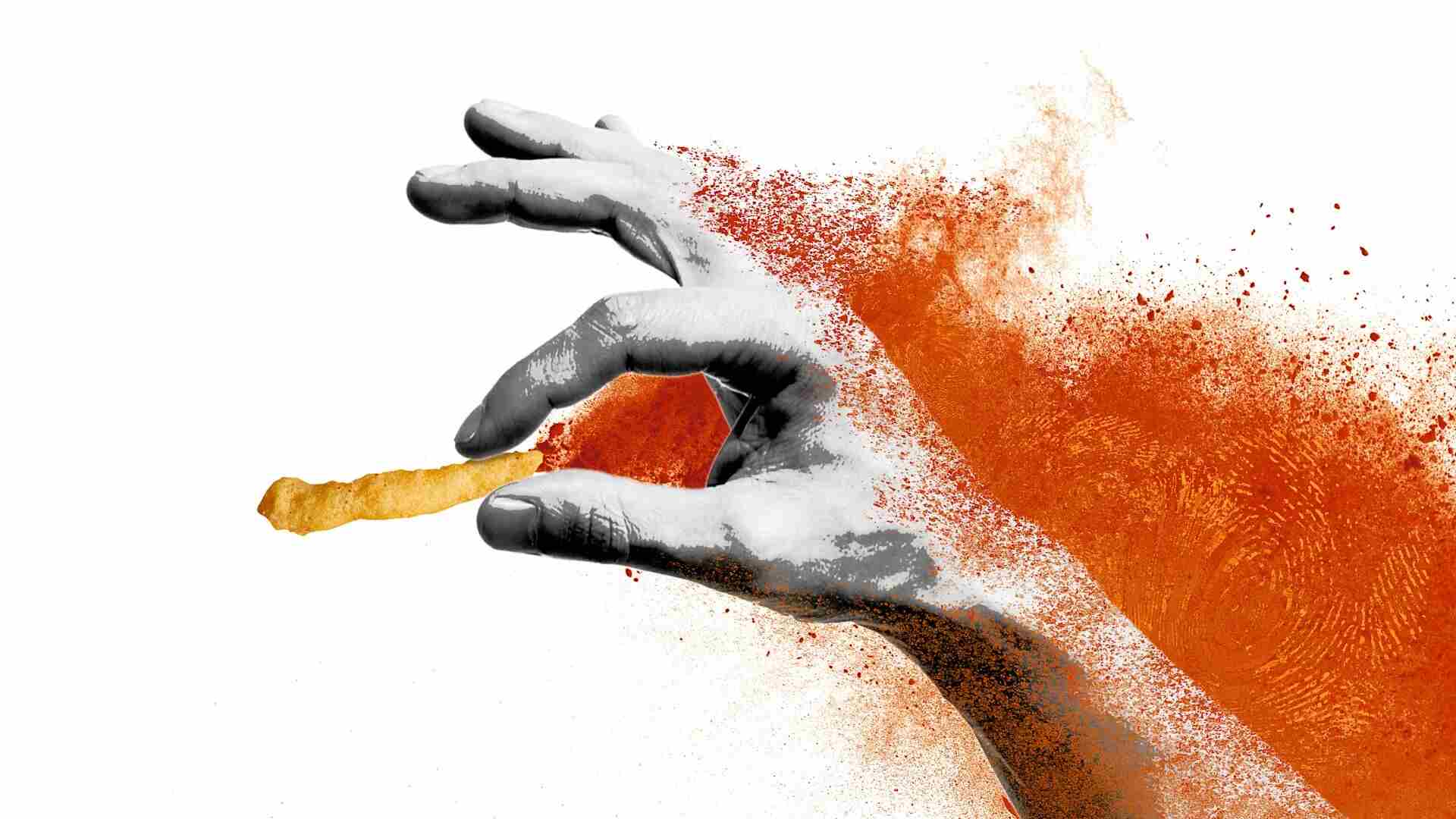- | 8:00 am
3 fail-proof tips for giving a presentation like a pro
A sommelier, a costume designer, and a marathon runner offer their best advice for giving a great presentation.
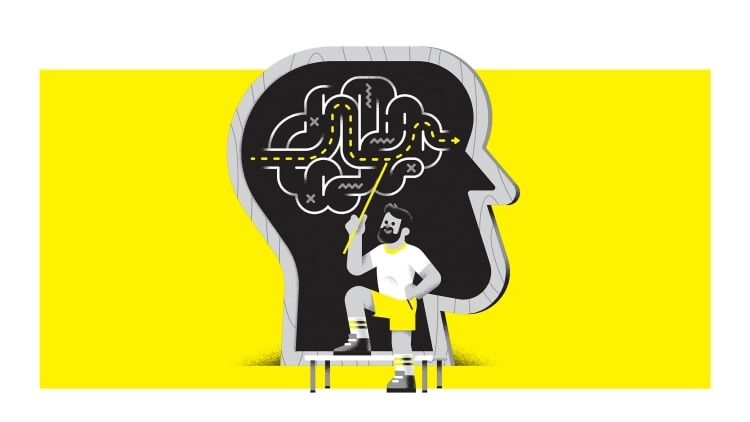
“Alright, Mike. You go on stage in 3 . . . 2 . . . 1. Go for it!” says the stagehand at DesignThinkers, a major graphic design conference in Toronto, Canada. I walk out on stage, waving to a dark sea of roughly 400 people as I approach the sleek silver podium.
“This is a big crowd, and to be honest, I’m kinda relieved, because I, uh . . . I thought I was supposed to present in the larger building next door. That crowd is waaay bigger.”
The audience erupts in laughter. Whew. That joke landed. With fellow presenters such as Paula Scher and Stefan Sagmeister, I was feeling the pressure. But now, I’m feeling pretty good.
My confidence in presenting didn’t come naturally. I was haunted by public speaking for years—ever since I bombed a comedy roast when I was in my twenties. It seemed like a good idea at the time: roasts were big on Comedy Central in the 2000s, so we arranged one for a friend’s 25th birthday.
Our roast was at a wood-paneled VFW hall in Long Island, so the stakes were low. But when it was my turn to tell jokes, standing in front of a crowd of 40 friends, I was a hand-shaking, brow-sweating, verbal-stuttering mess. My roast turned into an act of self-immolation because I didn’t bother to prepare. This flub remained a patch of black mold in the walls of my mind, creeping its way into the workplace. Early in my career, when it came time to present, I’d worry that I’d get nervous and shaky again.
But no one starts out being great at anything, myself included. The more I presented, the better I became.
Today, as a creative director, a professor, and an author, I do my fair share of public speaking. And regardless of your profession, you’ll—gulp—have to stand before a crowd and deliver a speech or a presentation. So, for my book Creative Endurance, I interviewed a sommelier, a costume designer, and a marathoner—all large event experts—to glean tactics that are universally applicable to delivering great presentations.
TELL A SOMMELIER-GRADE STORY

Sommelier Anthony Giglio stresses the importance of storytelling in presentations. Every year, Giglio speaks to an audience of roughly 150 people at the Food & Wine classic in Aspen. Despite the upscale location, Giglio keeps it light, leaning into his blue-collar upbringing. “I wasn’t born in Napa Valley. I’m from a row house in Jersey City. That approach makes me relatable,” says Giglio, who shares stories to make the technical information about wine more palatable. “When I explain wine, I weave in stories about my family,” says Giglio. “I describe them like we’re watching a home movie in Technicolor.” Years after his story-driven talks, audience members have reconnected with Giglio, reminiscing about the photo he showed of his mother’s 1960s-era black beehive hairdo. He’s never shown a photo—his stories are that visual.
Your move: Consider the balance of verbal and visual components in your presentation. While software programs such as Figma and Canva provide great options for eye candy, try remaining on a slide while you narrate a story—it’ll encourage your audience to use their imagination, keeping them engaged and connected with you.
PREPARE LIKE A COSTUME DESIGNER
Jeanie Cheek, a costume designer and wardrobe stylist, responsible for shows like Lip Sync Battle and the BET Awards, stresses the importance of over-preparing for a big event. Cheek was responsible for the wardrobes of hip-hop duo Salt-N-Pepa and their backup dancers for the 2023 Grammys. This was a big event, where Salt-N-Pepa were slated to perform with Queen Latifah and LL Cool J as a celebration of the 50th anniversary of hip-hop. But a change in plans occurred: Salt-N-Pepa wanted to be in charge of their own outfits, which left Cheek in limbo—how could she coordinate outfits for the backup dancers without knowing what the duo planned to wear?
The day before the Grammys, Salt-N-Pepa revealed their outfits: gold and black pantsuits, emblazoned with patterns of Salt-N-Pepa logos. Unfortunately, these patterned pantsuits clashed with the equally patterned houndstooth tracksuits that Cheek planned for the backup dancers. “You need to plan for a wrench getting thrown into the plan,” says Cheek, who purchased multiple outfit options for the backup dancers. Thanks to her planning, the switch was easy—she dressed the backup dancers in solid forest green tracksuits, which complemented Salt-N-Pepa’s outfits. Crisis, averted.
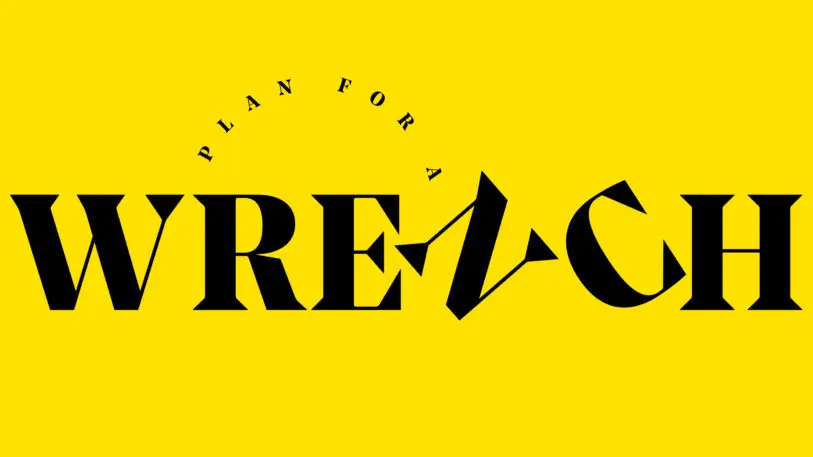
Your move: Practice, practice, practice. It may feel awkward to rehearse your presentation, but the more you rehearse, the more comfortable you’ll feel on stage. In prep for my DesignThinkers talk, I practiced my presentation, often as part of my mile-long walk to the train station for work. Like a cast member on an Aaron Sorkin TV show, I walked and talked, strengthening my ability to speak conversationally about my presentation. By drilling my talk on a daily basis, I was fully equipped for the overwhelming sight of a large crowd. Preparation enabled me to ad-lib the line: “I thought I was supposed to present in the larger building next door.”
USE YOUR IMAGINATION
Dick Beardsley, a marathoner who came in second place in the 1982 Boston Marathon and holds a Guinness Record for the most consecutive personal bests in a marathon, knows how to use mental tactics to remain motivated through tough situations. Beardsley shares that motivation with others, delivering presentations to clients such as GE, New Balance, and a group of coal miners in North Dakota—a story he recounted for me in Creative Endurance. The tired coal miners wrapped up a 12-hour shift, and Beardsley was tasked with giving them an uplifting speech afterwards. “There was no response. No one laughed. Nothing.” In deflating situations like these, Beardsley visualizes a situation where “a crowd went nuts,” which maintains marathon-level stamina through the energy-depleting visual of a bored crowd.
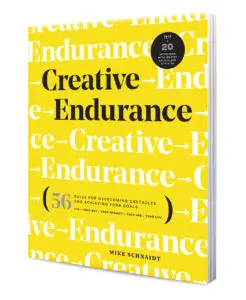
Your move: The most difficult part of a presentation can be the beginning, when the audience is still sizing you up. Use the metronome method, spending a few seconds looking at each section of the crowd. Once you find an engaged audience member, use them as your beacon, constantly looking back at them for emotional support. (Just don’t stare at them the whole time, OK?) And if you’re on a video call where no one has their cameras on, go full Beardsley and imagine an excited crowd—it’ll boost your mood. If you’re having fun, they’re having fun.
For more tips on overcoming creative obstacles, check out my book, Creative Endurance, which is available on Amazon and wherever fine books are sold.











